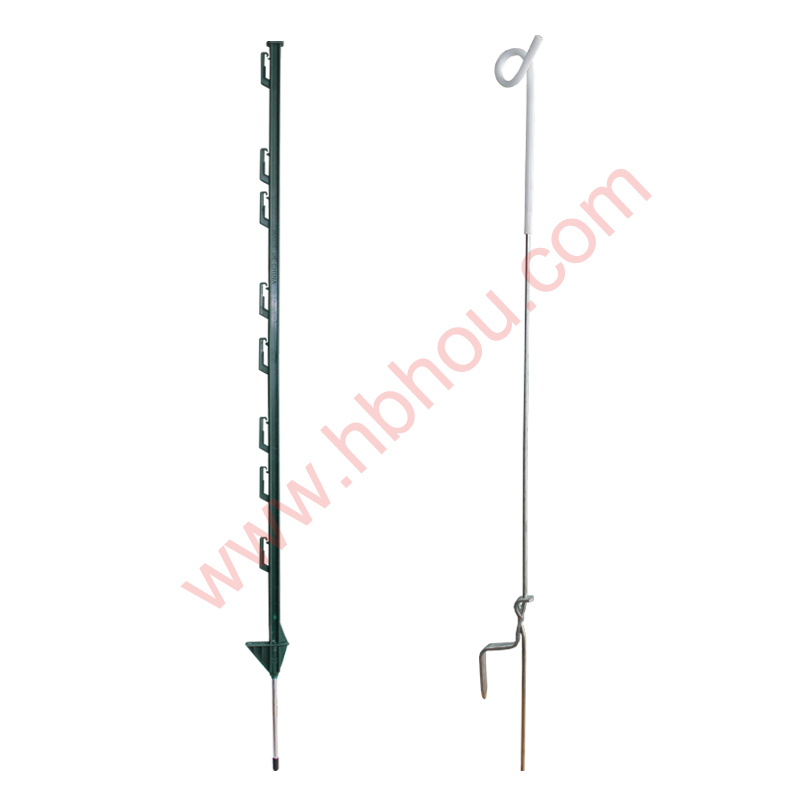Can You Use Quick Set Concrete for Fence Posts?
When installing fence posts, one of the most critical decisions is the type of concrete you will use to secure them. Traditionally, regular concrete has been the go-to choice, requiring time for curing and setting. However, many homeowners are now considering quick set concrete for their fencing projects. But is quick set concrete suitable for fence posts? Let’s explore this topic in detail.
What is Quick Set Concrete?
Quick set concrete, also known as fast-setting concrete, is a specially formulated concrete mix designed to harden rapidly, often within 20 to 40 minutes. This type of concrete typically contains a blend of Portland cement, sand, gravel, and possibly additives that enhance its quick-setting properties. Because of its fast curing time, quick set concrete is preferred for various applications that require immediate strength, such as setting fence posts, repairing sidewalks, and more.
Advantages of Using Quick Set Concrete for Fence Posts
1. Speed of Installation One of the most significant benefits of quick set concrete is the installation speed. Unlike traditional concrete, which may take several hours or even days to cure adequately, quick set concrete allows you to continue your project almost immediately after pouring. This means you can set multiple posts in a single day without worrying about waiting for the concrete to harden.
2. Weather Resistance Quick set concrete is often more resistant to adverse weather conditions. This is particularly advantageous in regions where unexpected rain or snow can disrupt outdoor projects. The fast-setting nature of this concrete minimizes the risk of water infiltration and ensures a stable foundation for your fence post shortly after installation.
3. Convenience For DIY enthusiasts, using quick set concrete means less planning and fewer contingencies. Gone are the days when you had to schedule your fence installation around the concrete curing time. Quick set products are typically easy to mix and can be used directly from the bag, making them convenient for smaller projects.
4. Less Equipment Needed When using quick set concrete, you often need less equipment compared to traditional concrete. There is no need for forms or a large mixer; a simple mixing container and a shovel may suffice. This can significantly lower the overhead costs and make for a more straightforward setup.
can you use quick set concrete for fence posts

Disadvantages of Using Quick Set Concrete
While there are many advantages to using quick set concrete, it’s essential to consider some potential drawbacks.
1. Endurance Although quick set concrete achieves initial strength rapidly, it may not develop the same level of long-term strength as traditional concrete. Some experts suggest that traditional concrete tends to outperform quick setting varieties in terms of durability over extended periods.
2. Cost Quick set concrete can be more expensive than regular concrete, making it less appealing for large fencing projects. However, this cost may be justified by the time saved during installation, especially for smaller scale or DIY projects.
3. Workability The rapid setting nature of quick set concrete can make it challenging to work with, especially if you need to adjust the post after pouring. You have a limited window of time to position the posts correctly, so careful planning is necessary.
Conclusion
In summary, quick set concrete can indeed be used for securing fence posts, and there are several compelling reasons to consider it for your next fencing project. The speed of installation, weather resistance, and convenience make it a popular choice for DIY enthusiasts and professionals alike. However, you should weigh these benefits against the potential disadvantages, including concerns over long-term strength and cost.
Ultimately, the decision comes down to your specific needs and project requirements. If you’re looking for a fast and efficient way to install fence posts without getting bogged down in extended curing times, quick set concrete might be the right choice for you. Just be sure to follow the manufacturer's instructions and take the time to plan your installation carefully to ensure a successful outcome.
















